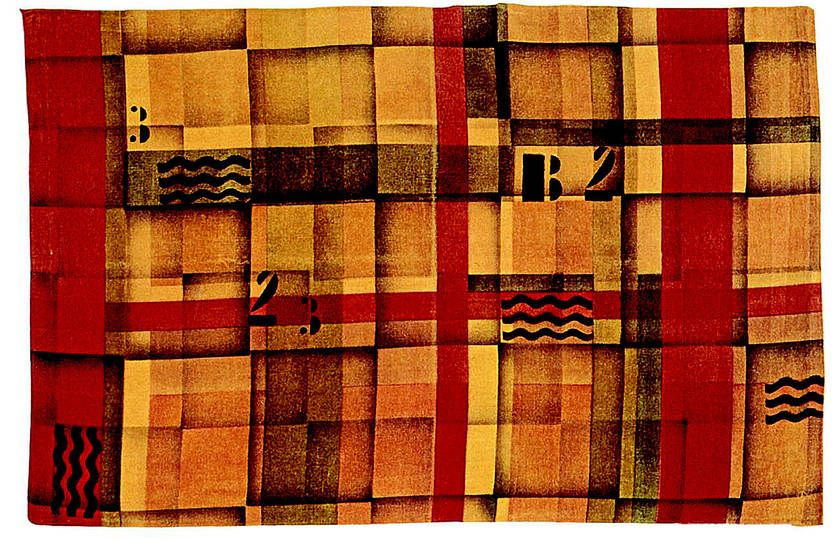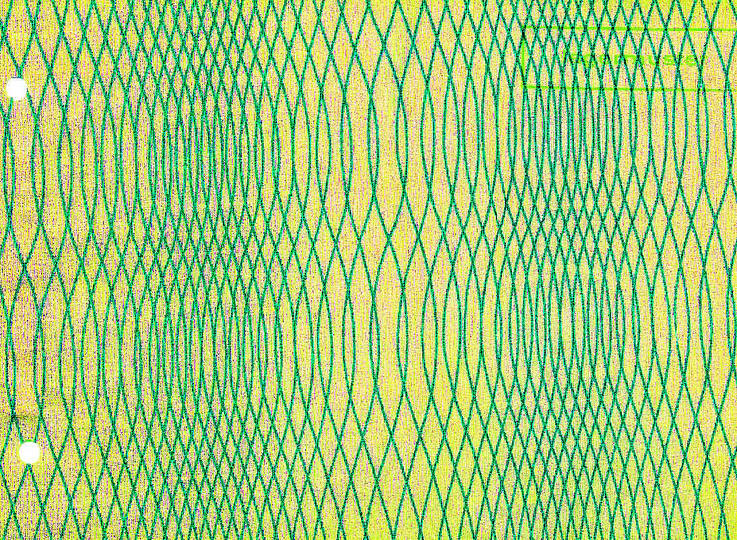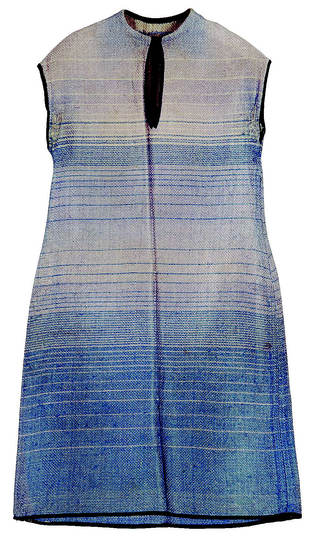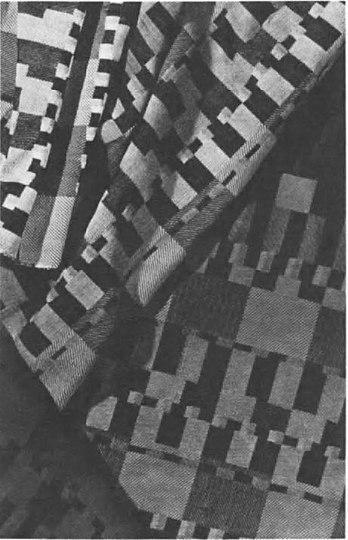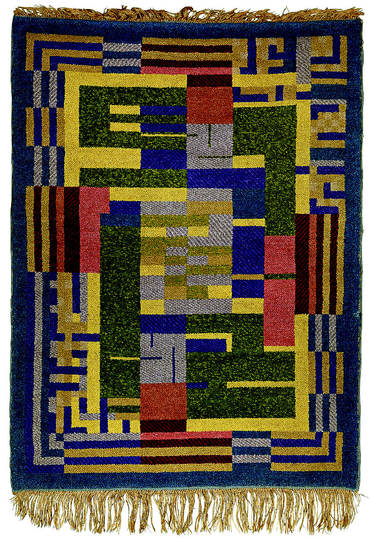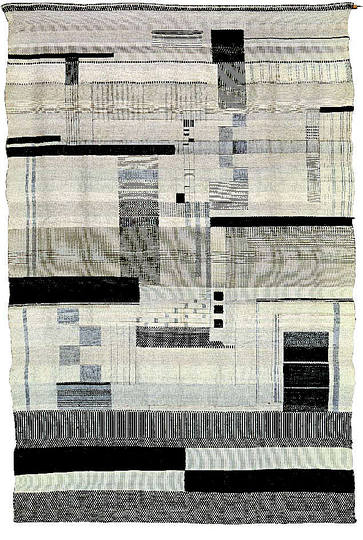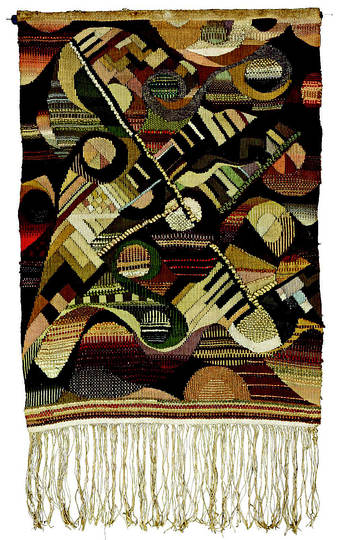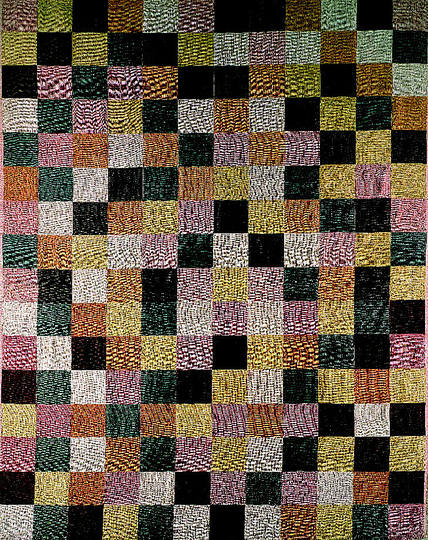Bauhaus: Textile Design
´Fashion´ was not a topic at the Bauhaus. The few preserved garments from the textile workshop, also described in writing, indicate personal use and individual pieces of craftsmanship. At the Bauhaus in Dessau, various fabric types were developed: curtain fabrics, transparent drapes, wall covering and furniture fabrics.
Inspirations.
Inspiration exists, but it has to find you working.
— Pablo Picasso
— Pablo Picasso
- penccil is free.
- No trackers. No cookies.
Just creativity.
